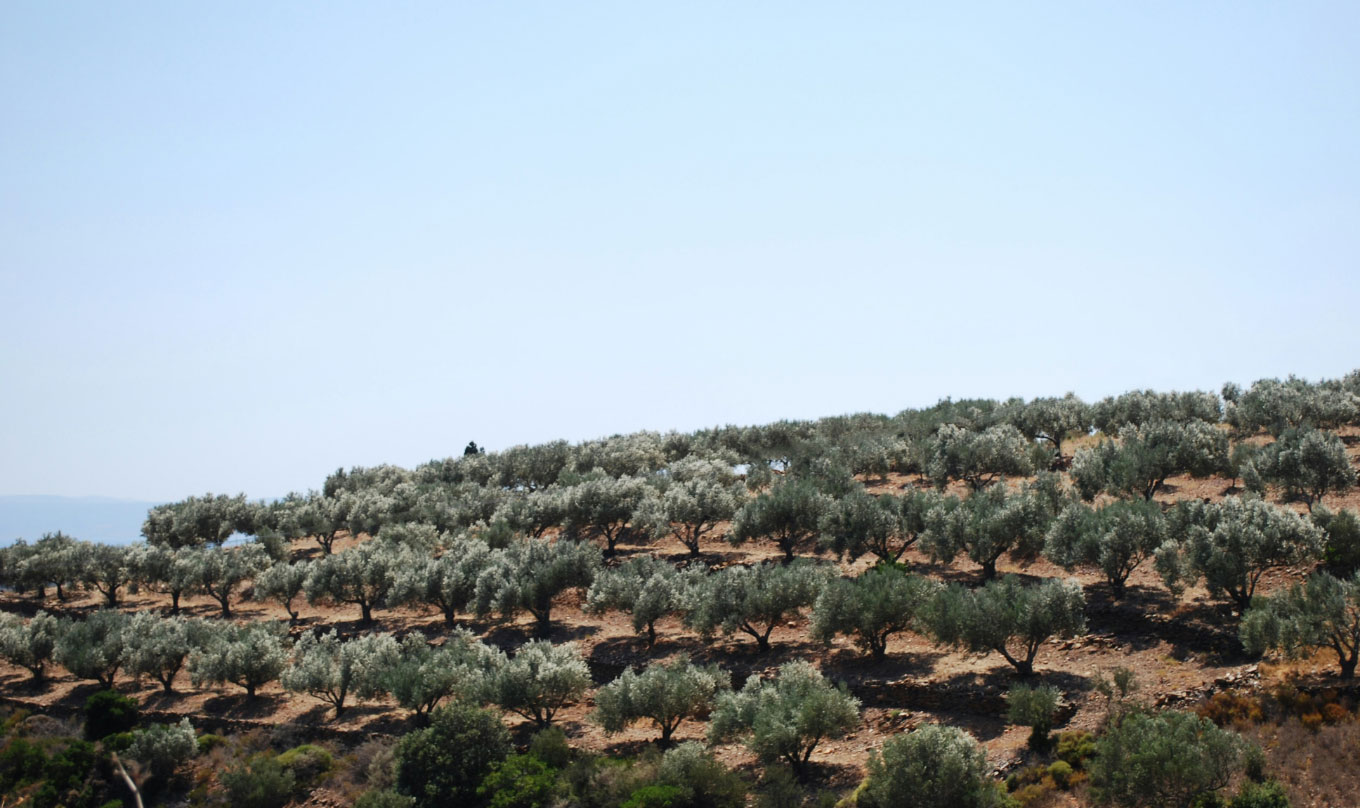 04.06.24
04.06.24
Tips For Buying Olive Oil
Learn how to choose the best olive oil with tips on category, extraction methods, origin, and storage practices to preserve its quality and flavor.
read more
Olive oil products belong to three main categories:
A) Virgin Olive Oils
B) Refined Olive Oils
C) Olive pomace oils.
Virgin olive oils are produced solely by using mechanical means to extract the oil from the olives. Essentially, it is olive juice! This category’s products require an organoleptic assesment and a chemical analysis to prove their category statement.
There are three categories of virgin olive oil:
| Name | Acidity* | Notes |
| Extra Virgin Olive Oil | < 0,8 | Highest quality category available. Must have a pleasant fruity aroma and no taste defect. |
| Virgin Olive Oil | < 2,0 | Mostly available in Mediterranean countries |
| Lampante Olive Oil | > 2,0 | Not suitable for food consumption. Goes for refining. |
Refined olive oils come from processing lampante olive oil with chemical and physical filters. Importantly, this treatment preserves the original glyceridic structure. In addition, producers may blend refined oils with virgin oils (but not the reverse).
There are two types of refined olive oils:
| Name | Acidity* | Notes |
| Refined Olive Oil | < 0,3 | Obtained by refining Lampante Virgin Olive Oil |
| Olive Oil | < 1,0 | Obtained by blending Refined Olive Oil and Virgin olive Oil |
Some refining processes are:
Refineries process lampante olive oil with a NaOH solution, which will form some kind of soap with the free fatty acids. Afterwards, they wash the mixture to remove solid parts and achieve a deacidified oil.
Refineries filter the oil through activated charcoal or similar agents to remove oxidized substances. As a result, the oil gets yellow color that often resembles cheap vegetable oils.
To remove unpleasant odors, the oil is processed by going through high temperatures and through a vacuum. The outcome is an odorless oil.
After olive pressing, the solid residue is called olive pomace. Although it still contains a small amount of oil, olive mills cannot extract it. Instead, specialized plants take over. First, they dry the pomace with hexane, which separates solids from liquids. Then, they separate hexane and liquid to obtain crude olive pomace oil.
Because pomace oils result from solvent or physical treatments, regulations prohibit labeling them as “olive oil.” In reality, they are a secondary product of the extraction process.
There are three types of olive pomace oils:
| Name | Acidity* | Notes |
| Crude Olive
Pomace Oil |
– | Original product of this refining process. Not commercially available. |
| Refined Olive
Pomace Oil |
< 0,3 | It may only be sold directly to the consumer if permitted in the country of retail sale. |
| Olive Pomace Oil | < 1,0 | Obtained by blending Refined Olive Pomace Oil and Virgin olive Oils. |
(*) Acidity represents the key parameter in olive oil classification. However, it is not the only one. In fact, every category must also pass several chemical tests to remain within strict limits.
Sources:
 04.06.24
04.06.24
Learn how to choose the best olive oil with tips on category, extraction methods, origin, and storage practices to preserve its quality and flavor.
read more 06.06.24
06.06.24
Discover the health benefits and dietary principles of the Mediterranean diet, emphasizing olive oil as a key component for longevity and cardiovascular health.
read more